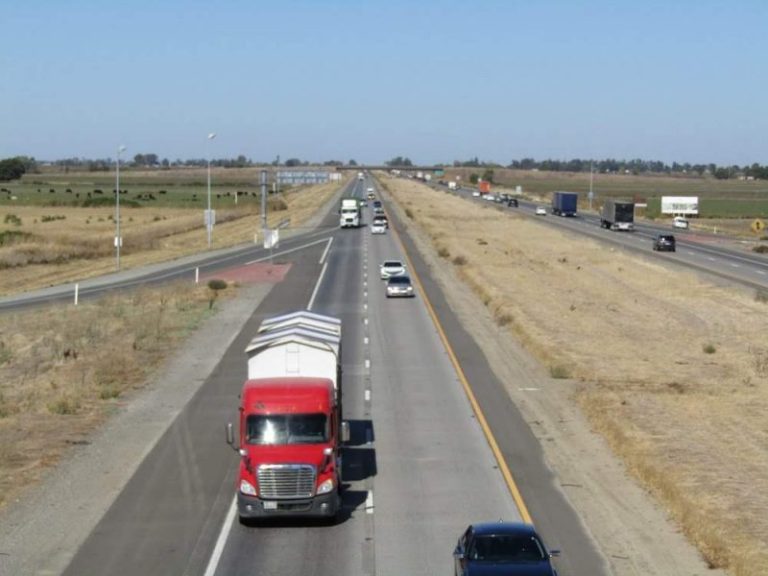Lyft and Uber Accidents Explained
Ridesharing services such as Lyft and Uber offer unprecedented convenience for many a commuter, and furthermore, tend to provide trips that are far safer than the average driver. However, ridesharing accidents do still happen at times, bringing up complex questions pertaining to liability, safety, and compensation.
Rideshare Accidents as a Passenger
 Passengers in ridesharing accidents generally have an excellent outlook for compensation, as they’re likely covered by three full insurance policies:
Passengers in ridesharing accidents generally have an excellent outlook for compensation, as they’re likely covered by three full insurance policies:
- The personal insurance policy of the rideshare driver
- The other driver’s insurance, if applicable
- The rideshare company’s insurance plan
Let’s first talk about the prior two. In Arizona, personal auto insurance requirements apply to the other driver and the rideshare driver alike, as they need a verifiable personal liability insurance plan in order to be a rideshare employee in the first place:
- $15,000 for single bodily injury
- $30,000 total for multiple bodily injuries
- $10,000 total for property damage
Due to the stricter insurance verification for rideshare drivers and the actual coverage of the rideshare company, you won’t ever have to worry about filing an uninsured motorist claim through your insurance company after a ridesharing accident.
Insurance policies for Uber and Lyft are complex but generous, and as a passenger, you’ll more or less be unconditionally and extensively covered for any and all damages (usually involving medical expenses and personal property damage) by a $1,000,000 liability insurance policy. You’ll file through the company if your driver was at fault, and against the other driver if they were exclusively to blame.
Rideshare Accidents as a Driver
As a driver with a stranger in your vehicle, driving for commercial purposes, you’re likely unsure of what happens next. However, as long as you calm down and follow your rideshare company policy, you’ll likely be fine. At first, treat the accident like you would any other—make sure everyone’s safe, exchange contact information with the other driver, gather evidence, etcetera. However, you’ll then have to take additional steps, making a full incident report to your rideshare company, and exchanging insurance information with the other driver. As far as your vehicle and personal damages go, you’re covered by an extensive, if variable, insurance plan under Uber or Lyft:
- If you weren’t logged into the ridesharing app at the time of the crash, it wasn’t a ridesharing accident, passenger or not. You’re not covered by the company.
- While you’re logged in, but haven’t accepted a request, you have $50,000 for personal injury and $25,000 of property damage insurance.
- Once you’re en-route to pick up a passenger, you might have additional compensation depending on your company.
- While you’re actively ferrying a passenger for the company, you (and the passenger) are covered by a comprehensive insurance policy of at least $1,000,000, which covers everything—injuries, property damage, uninsured motorist claims, and so on and so forth.
Arizona Auto Accident Attorneys Can Help
There’s inevitably more complexity involved with a ridesharing accident than what we can cover here, so if you have any further questions as a passenger or driver, reach out to one of our auto accident attorneys in Phoenix at (623) 321-0566 to learn more. Also, remember that rideshare accidents are still auto accidents at their core—just with extra steps and considerations. All the same difficulties and pitfalls exist, but ELG can handle them on your behalf, maximizing your compensation in the claims process.
Law News Feed
All NewsWho Is Liable for Damages After a Truck Accident?
According to information from the National Highway Traffic Safety Association, more than 2,500 truck accidents occur each year in Arizona. It goes without sayin…
Common Injuries After a Motorcycle Accident
Motorcycle accidents kill or severely injure individuals more frequently than any other type of crash, resulting in immense amounts of suffering and financial d…

